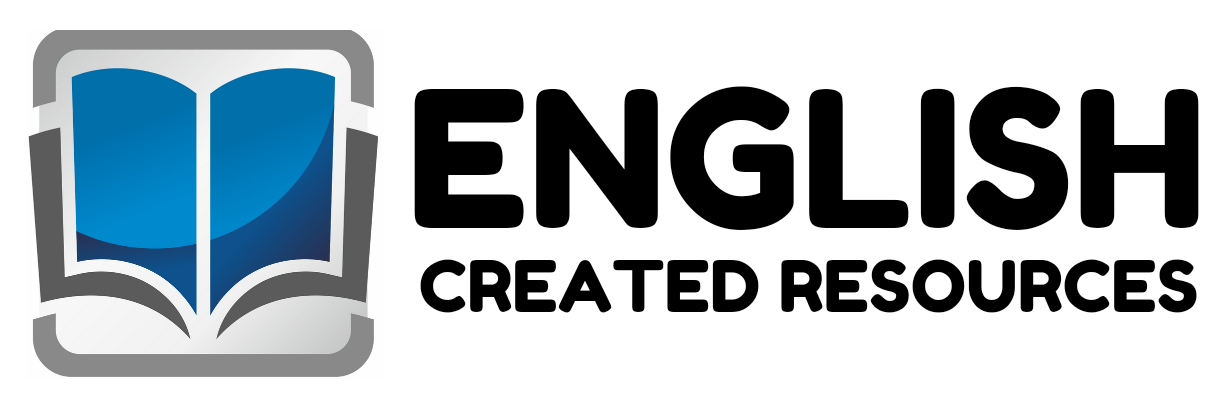Teacher Mail Cards

Teacher Mail Cards
In early childhood education, creating a warm, engaging, and supportive environment is crucial for a child’s social, emotional, and cognitive development. One simple but powerful tool that has been increasingly embraced in preschool classrooms is the use of Teacher Mail Cards. These cards serve as personal messages from the teacher to individual students, often placed in a child’s cubby, mailbox, or backpack. Though they may seem like a small gesture, Teacher Mail Cards hold significant educational and emotional value for preschool children.
1. Building a Strong Teacher-Child Relationship
The bond between a teacher and a child is foundational to a successful preschool experience. Teacher Mail Cards help nurture this relationship by showing children that their teacher notices them, values their presence, and takes the time to communicate individually. A card that says, “I saw how kind you were helping a friend today,” or “I loved your drawing,” affirms positive behavior and creates emotional warmth. These small moments of connection promote trust, increase children’s feelings of security, and make them more open to learning and engaging in class activities.
2. Encouraging Positive Behavior and Self-Esteem
Teacher Mail Cards can be used to reinforce good behavior, celebrate small achievements, and highlight a child’s strengths. When children receive personalized notes praising their efforts — such as sharing toys, participating in circle time, or cleaning up — they begin to associate their actions with positive recognition. This boosts their self-confidence and motivates them to continue exhibiting good behavior. For preschoolers who are still learning self-regulation and social norms, this kind of reinforcement is crucial.
3. Promoting Early Literacy Skills
Another key benefit of Teacher Mail Cards is that they expose young learners to printed text in a meaningful context. As preschool children receive and engage with these cards, they are encouraged to recognize their names, letters, and simple words. This helps build early literacy skills such as letter recognition, word association, and an understanding that print carries meaning. For example, reading a card that says “You were a great helper today!” can help children identify sight words like “you,” “were,” and “today.” Over time, these repeated exposures support vocabulary development and reading readiness.
4. Supporting Emotional Expression and Communication
Preschool children are still developing their ability to express emotions and communicate thoughts effectively. Teacher Mail Cards model positive communication and emotional expression. A note like “I missed you while you were away” or “You looked sad today — I hope you feel better tomorrow” teaches children empathy, emotional language, and how to respond thoughtfully to others’ feelings. It also helps children feel seen and understood, which contributes to emotional resilience and psychological well-being.
5. Strengthening the Home-School Connection
Teacher Mail Cards also serve as a bridge between school and home. When parents find these cards in their child’s bag or cubby, they gain insight into their child’s school day and the teacher’s perspective. This opens up opportunities for meaningful conversations at home and helps parents stay informed and involved. A card that reads “Ali was very brave during show-and-tell today” not only makes the child feel proud but also allows parents to reinforce that encouragement and celebrate their child’s growth at home.
6. Creating a Sense of Belonging and Classroom Community
Preschoolers thrive in environments where they feel they belong. Teacher Mail Cards can be a part of creating a classroom culture where every child feels included and valued. Regularly giving cards to each child helps ensure no one feels left out. This promotes equity and inclusion and teaches children that kindness and recognition are for everyone, not just those who are most vocal or visible in class.
7. Developing Responsibility and Routine
When Teacher Mail Cards are integrated into the classroom routine — for instance, during morning check-ins or end-of-day pack-up — they teach children responsibility and the value of routines. Children learn to check their mailbox or cubby, look forward to their notes, and even start writing or drawing cards back to the teacher or classmates. This fosters early responsibility, independence, and the joy of giving and receiving messages.
Teacher Mail Cards are more than just paper notes; they are small but impactful tools that touch on multiple aspects of early childhood development. They support social-emotional growth, build strong teacher-student relationships, encourage literacy, and strengthen the connection between home and school. For preschool-aged children, who are just beginning their educational journey, these thoughtful and intentional communications lay a foundation for a lifelong love of learning and connection.
Educators who consistently use Teacher Mail Cards find that their classrooms are more positive, inclusive, and emotionally intelligent spaces. In a world where young children are navigating big emotions and new experiences, sometimes the smallest gestures — like a kind note from a caring adult — make the biggest difference.
Samples From the Cards













